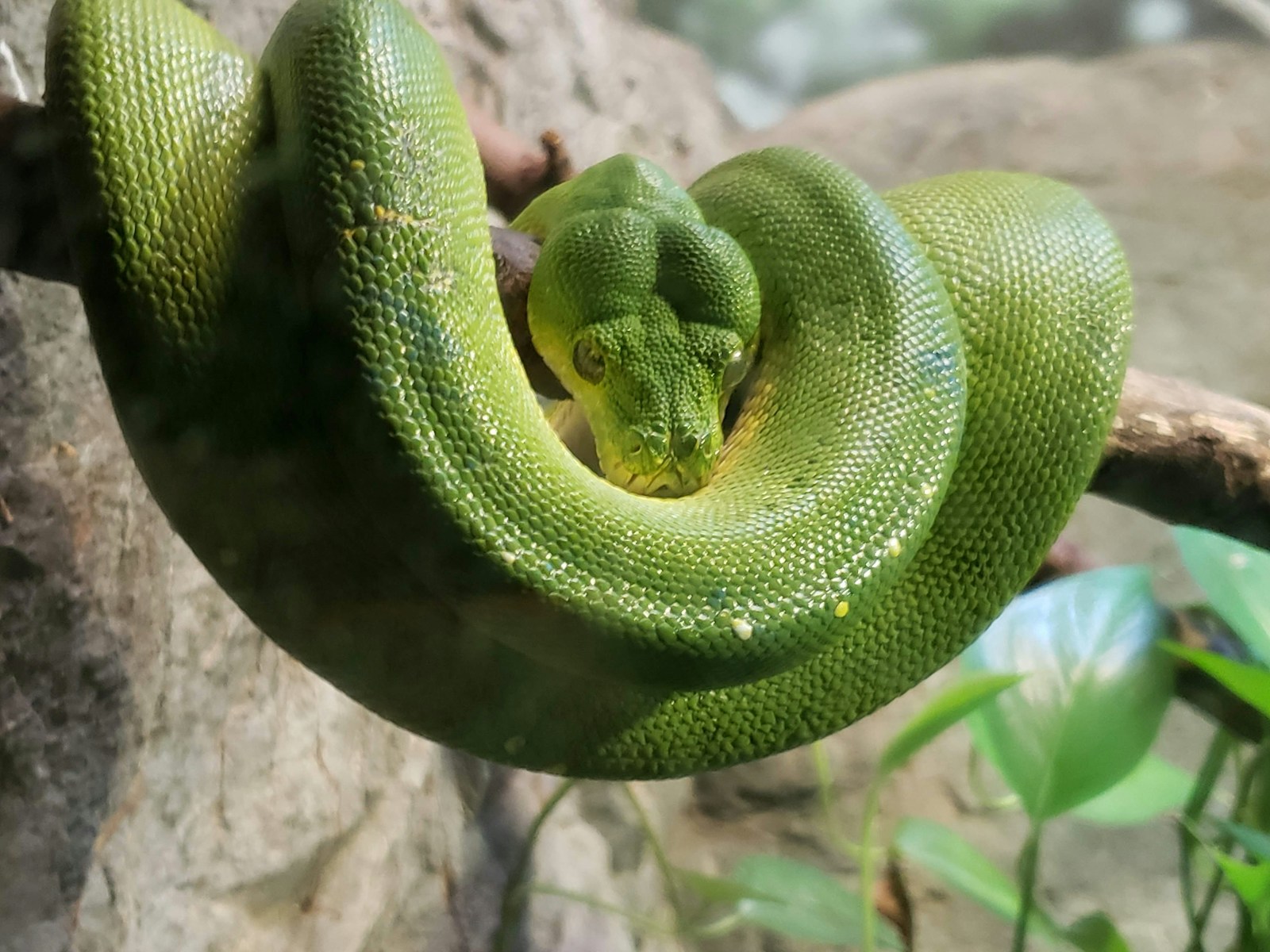In the complex tapestry of nature’s relationships, some of the most fascinating connections exist between species we might expect to be natural enemies. One such remarkable example is the phenomenon of certain snake species that take up residence in bird nests without causing harm to their avian hosts. This unusual cohabitation challenges our understanding of predator-prey dynamics and offers a window into the nuanced ecological relationships that exist in the wild. Unlike the typical narrative of snakes as egg thieves and nestling predators, these particular serpents have developed a different kind of relationship with their feathered neighbors – one that ranges from benign coexistence to potential mutualism. As we explore this fascinating behavior, we’ll discover how these unexpected roommates navigate their shared living spaces and what benefits might drive this unusual arrangement.
The Unexpected Tenants: Which Snakes Display This Behavior
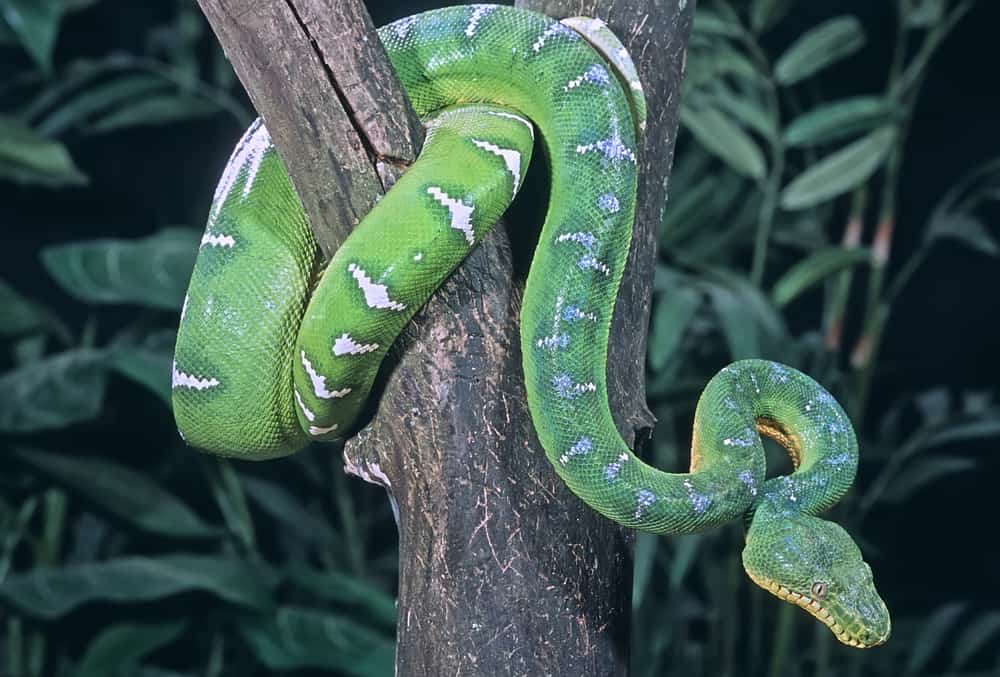
While many snake species are known to raid bird nests for eggs and nestlings, several have been documented sharing nest spaces without predatory behavior. The most well-known example is the Madagascan tree boa (Sanzinia madagascariensis), which has been observed residing in the nests of Magpie Robins and Paradise Flycatchers. In South America, certain species of non-venomous colubrids have been found inhabiting the massive communal nests of monk parakeets without disturbing the birds. The Amazon tree boa (Corallus hortulanus) occasionally takes up residence in active bird nests, particularly those of larger species where the snake can remain relatively unnoticed. Researchers have also documented instances of certain rat snakes in North America temporarily sheltering in abandoned sections of large bird nests while the birds continue to use other portions.
Breaking the Predator Stereotype
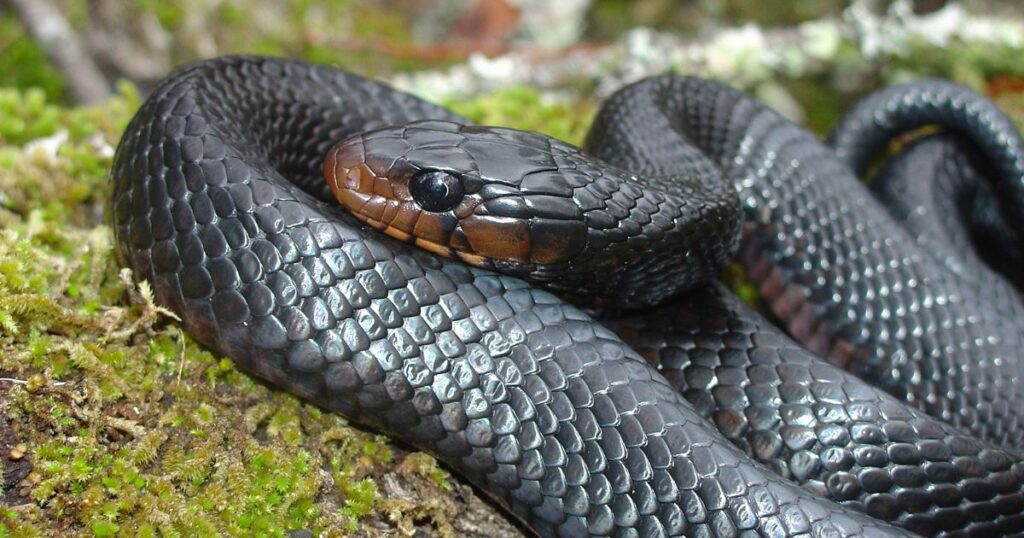
The presence of snakes in bird nests without predation challenges our fundamental understanding of these animals’ relationships. Traditionally, snakes are viewed as threats to nesting birds, consuming eggs and young whenever the opportunity arises. This perspective is so ingrained that many bird species have evolved specific alarm calls and defensive behaviors targeted specifically at snake predators. However, these non-predatory nest-sharing arrangements reveal a more complex reality where ecological relationships exist on a spectrum rather than in simple binary categories. The snakes that display this behavior appear to have shifted their predatory focus away from their immediate neighbors, instead using the nest primarily as shelter while hunting elsewhere. This nuanced behavior demonstrates the remarkable behavioral plasticity of these reptiles and their ability to adapt to unusual ecological niches.
The Scientific Mystery: How This Relationship Developed

Evolutionary biologists remain fascinated by how this unusual relationship might have developed over time. One prevailing theory suggests that it may have begun with snakes occasionally sheltering in abandoned bird nests, which then gradually led to tolerance of active nests when the benefits outweighed the risks. Another hypothesis proposes that in resource-limited environments, the concentrated food sources around bird colonies (like rodents attracted to fallen seeds) may have initially drawn snakes to the vicinity. Over generations, snakes that didn’t prey on their nest-mates would have enjoyed longer-term access to these food resources, potentially driving selection for this behavioral trait. Some researchers have suggested that certain snake species might have initially evolved to specialize in hunting nest predators rather than the birds themselves, eventually developing a relationship where their presence became beneficial to the birds. The fact that this behavior has evolved independently in multiple snake lineages across different continents suggests it represents a viable ecological strategy in certain circumstances.
A Matter of Size: The Physical Dynamics at Play
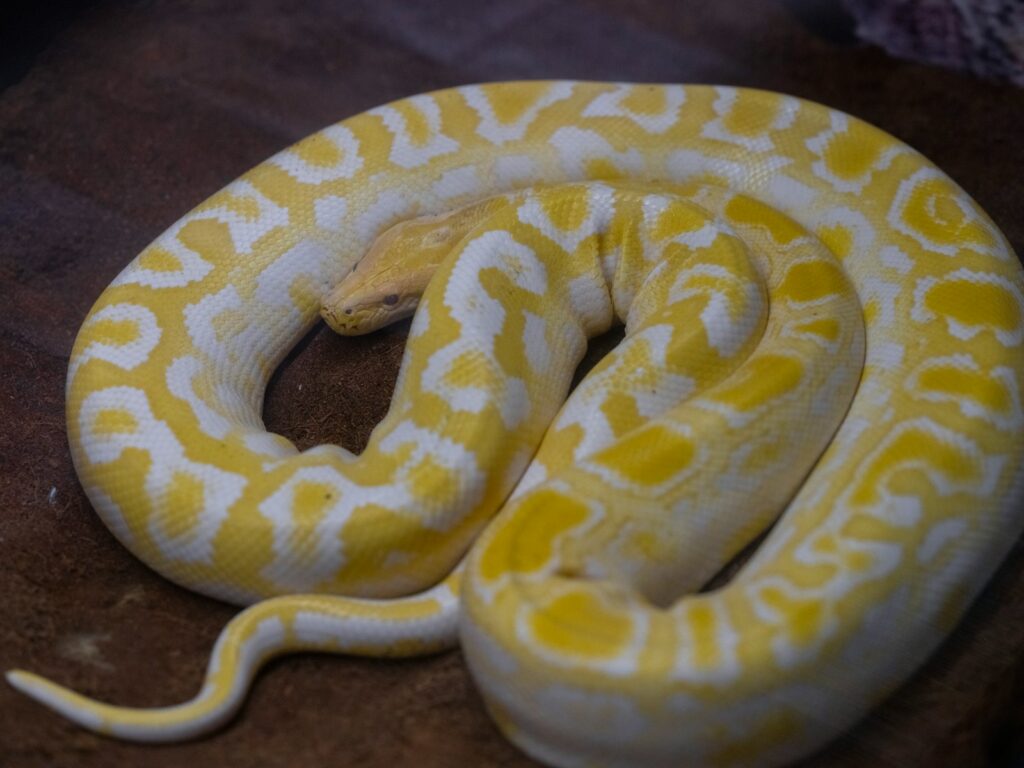
The physical characteristics of both the snakes and birds involved play crucial roles in enabling this unusual arrangement. Typically, the snake species that successfully share nests with birds are relatively small to medium-sized, allowing them to occupy portions of the nest without completely disrupting the structure. The birds involved tend to build relatively large or complex nests that can accommodate both species with minimal direct contact. In some documented cases, the snakes occupy lower chambers or peripheral sections of the nest while birds utilize the upper or central portions. This physical separation creates a buffer zone that likely reduces stress for both parties. Additionally, many of the bird species involved in these relationships are social nesters that build communal structures, providing more space and complexity than simple cup nests would allow.
Mutual Benefits: The Protective Snake Hypothesis

One of the most intriguing aspects of this relationship is the possibility that it may sometimes represent a form of mutualism, where both species benefit from the arrangement. Several studies have suggested that nests containing certain non-predatory snake species show lower rates of predation by other animals compared to those without snakes. The presence of a snake may deter mammalian nest predators like rodents and small carnivores that would otherwise raid the nest for eggs and chicks. Some snake species that engage in this behavior are known to prey upon these very same nest raiders, effectively serving as a living security system. Birds nesting alongside these protective serpents may experience higher reproductive success, which could explain their tolerance of an otherwise concerning neighbor. This phenomenon has been compared to the relationship between certain ant species and plants, where the presence of one organism provides protection for the other.
The Birds’ Perspective: Recognition and Tolerance
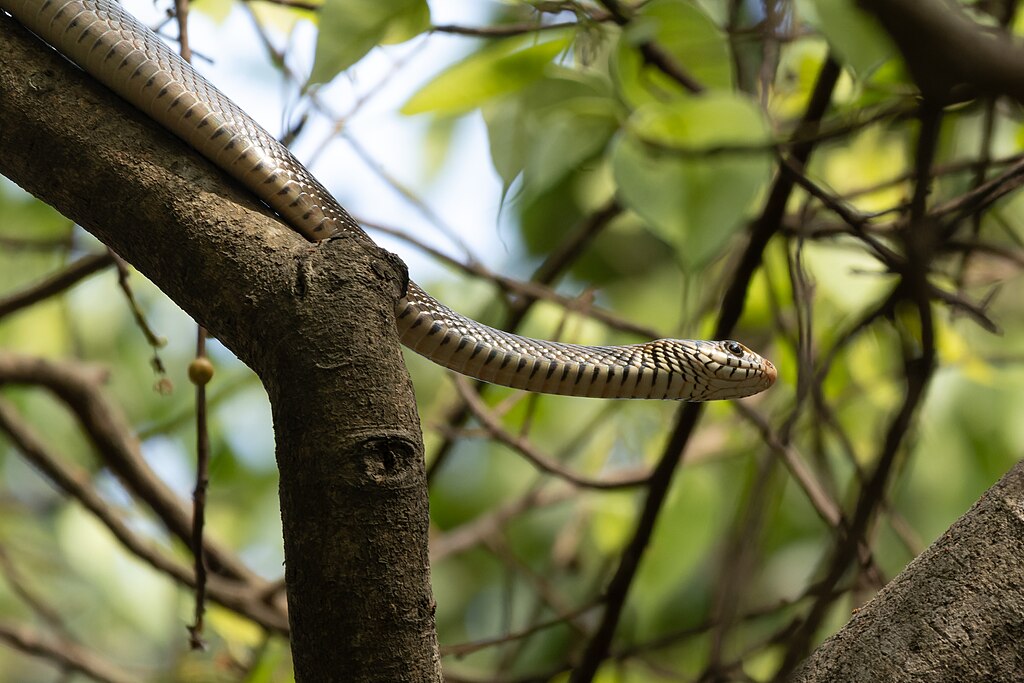
From the birds’ perspective, the decision to tolerate a snake in the nest represents a remarkable behavioral adaptation. Research suggests that some bird species can distinguish between snake species that pose a threat and those that don’t, showing aggressive defensive behaviors toward the former while displaying relative calm toward the latter. This discrimination likely involves visual recognition of specific snake patterns, shapes, or behaviors that signal threat levels. Some scientists have observed that birds sharing nests with non-predatory snakes continue normal nesting activities with only minor adjustments to their routines. Young birds raised in nests containing these benign snake species may even become habituated to their presence, potentially reducing stress responses when they encounter similar snakes later in life. The birds’ ability to make these fine distinctions highlights their cognitive sophistication and behavioral flexibility.
Thermal Regulation: The Warmth Factor
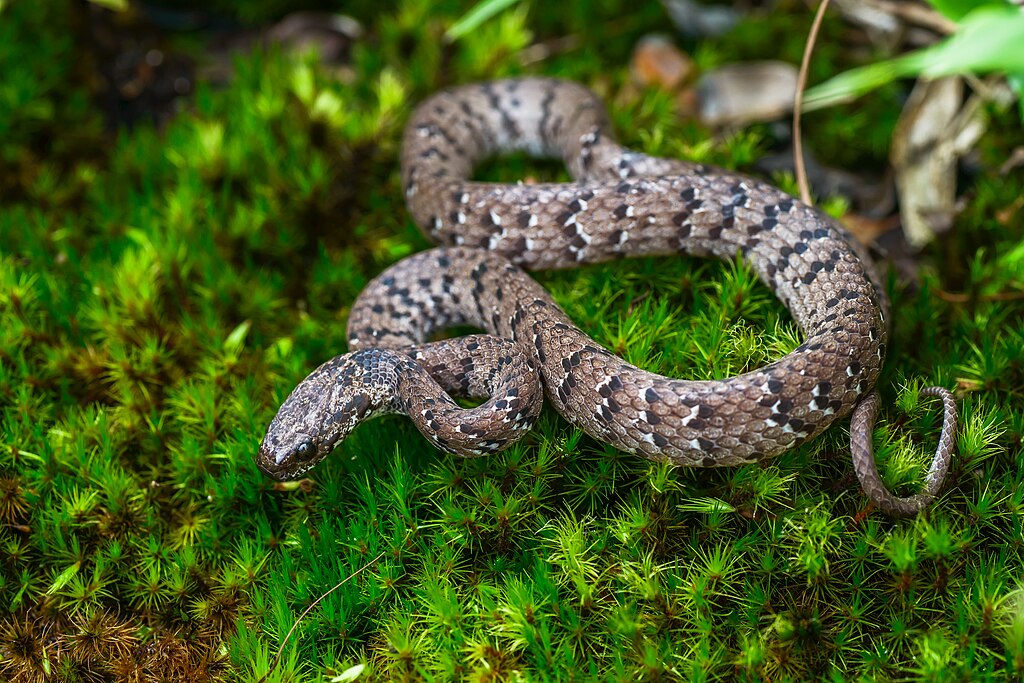
Temperature regulation may play an important role in drawing snakes to bird nests, particularly in cooler climates or seasons. As ectothermic animals, snakes cannot generate their own body heat and must rely on environmental sources to maintain optimal temperatures. Bird nests, especially those with incubating eggs or growing chicks, maintain temperatures significantly warmer than the surrounding environment. For snakes, access to this stable, warm microclimate can provide considerable energetic benefits, allowing them to maintain activity levels and digestive efficiency without expending energy on movement to find basking sites. Some researchers have noted that snake presence in bird nests increases during cooler weather and decreases during warmer periods, supporting this thermal hypothesis. The insulating materials used in nest construction, such as feathers, fur, and plant fibers, create ideal conditions for a snake seeking shelter from temperature extremes.
Geographical Distribution: Where This Phenomenon Occurs

This fascinating behavior has been documented across several continents, though it appears most common in tropical and subtropical regions. Madagascar has several well-studied examples, including the aforementioned relationship between the tree boa and native bird species in the island’s unique ecosystems. Throughout Central and South America, researchers have documented numerous instances of non-predatory snake-bird nest sharing, particularly in the complex ecosystems of the Amazon Basin. Australia’s diverse reptile fauna includes several snake species that occasionally utilize bird nests without preying on the occupants, including some python species. In North America, this behavior appears less common but has been observed with certain rat snake species, particularly in the southeastern United States. The geographical spread suggests that this behavior has evolved independently multiple times in response to similar ecological pressures rather than stemming from a single evolutionary origin.
The Ecological Niche: Temporal Patterns and Seasonality

The timing of snake occupancy in bird nests often follows predictable seasonal patterns tied to both species’ life cycles. In many documented cases, snakes tend to take up residence during or shortly after the birds’ breeding season, when nests are fully constructed but before they’re abandoned. This timing suggests opportunistic use of a ready-made shelter rather than a targeted strategy to access bird eggs or young. Some researchers have noted that in certain species, female snakes may preferentially seek out bird nests during gestation, potentially using the stable microclimate to support developing embryos. Long-term studies have revealed that some individual snakes return to the same nesting colonies year after year, suggesting these relationships may persist over time. The seasonal aspects of this behavior also correlate with periods when alternative shelters may be limited or when the metabolic demands of the snakes are highest.
Observational Challenges: Studying Cryptic Behaviors
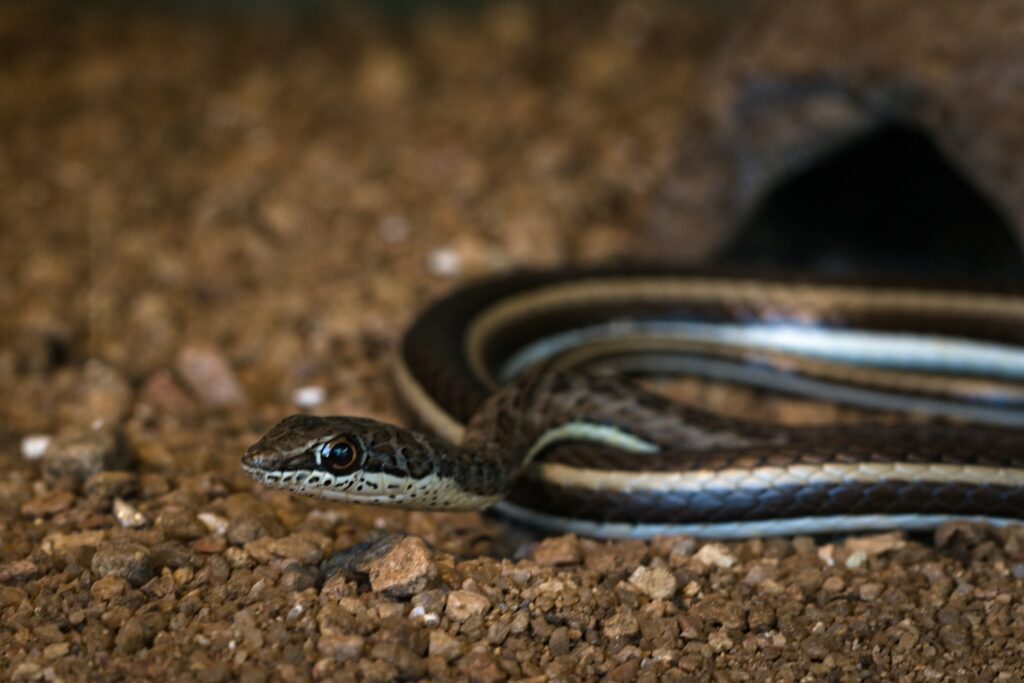
Researching these snake-bird relationships presents numerous challenges that have limited our understanding of their prevalence and dynamics. The cryptic nature of most snake species makes direct observation difficult, particularly when they’re concealed within the structure of a bird nest. Many of these interactions occur high in tree canopies or in remote locations, further complicating research efforts. Traditional monitoring methods like nest cameras can alter behavior or miss snakes hidden deeper in nest structures. When researchers do discover snakes in bird nests, it can be difficult to determine whether the relationship is truly non-predatory without extended observation periods. The relatively recent recognition of this behavioral phenomenon means that many field biologists may not have been specifically looking for it in the past, potentially leading to underreporting in scientific literature.
Conservation Implications: Protecting Complex Relationships
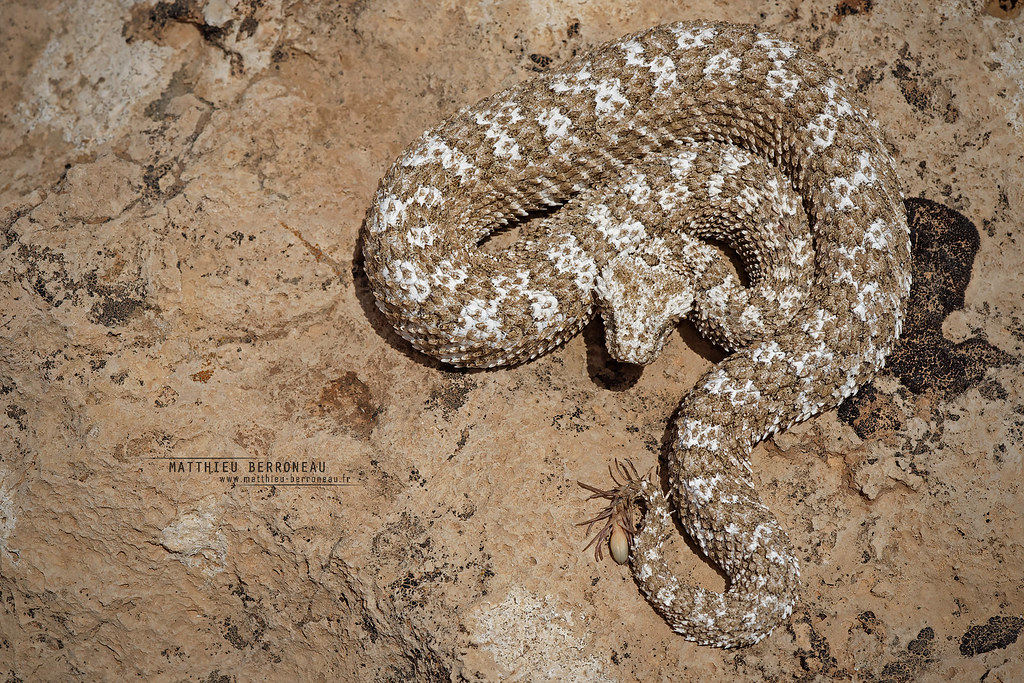
Understanding these nuanced ecological relationships has important implications for conservation efforts targeting either birds or snakes. Habitat protection strategies must consider not just the primary species of concern but also the complex web of relationships that support their success. For endangered bird species that benefit from protective snake relationships, conservation plans might need to include considerations for maintaining healthy populations of their serpentine allies. Similarly, threatened snake species that utilize bird nests may depend on the continued presence of healthy bird colonies. Human activities that disrupt one component of these relationships, such as the overuse of pesticides reducing prey for snakes, could have cascading effects on the entire system. Conservation education efforts may need to address negative perceptions of snakes to prevent unnecessary killing of harmless species that play beneficial roles in these ecological networks.
Future Research Directions: Unanswered Questions
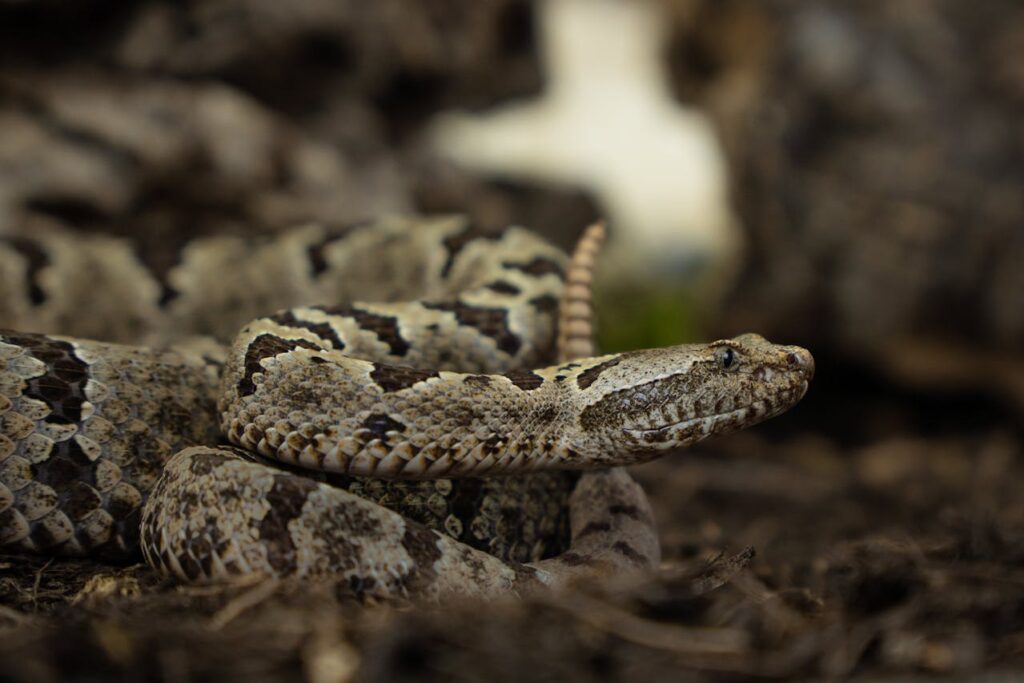
Despite fascinating observations of this behavior, numerous questions remain for future research to address. Scientists are particularly interested in determining whether birds can detect chemical cues that help them distinguish between predatory and non-predatory snake species. Genetic studies might reveal whether snake populations that regularly share bird nests show evolutionary adaptations specific to this lifestyle compared to their more predatory relatives. Long-term demographic studies could help quantify the actual fitness benefits to both species, measuring survival and reproductive rates compared to individuals not engaged in these relationships. With advancing technology, non-invasive monitoring methods like environmental DNA sampling and miniaturized tracking devices may provide new insights into the frequency and nature of these interactions. Understanding the hormonal and neurological mechanisms that allow typically adversarial species to tolerate close proximity represents another promising research frontier.
Conclusion

The phenomenon of snakes sharing bird nests without harming their avian hosts represents one of nature’s more surprising ecological arrangements. This behavior challenges our preconceptions about predator-prey relationships and highlights the remarkable complexity of interactions between species in the wild. Whether driven by mutual benefits, resource optimization, or simple opportunity, these unusual roommates have found ways to coexist despite their evolutionary history as adversaries. As we continue to study and understand these relationships, they remind us that nature rarely conforms to simple categories, instead presenting a rich tapestry of adaptations and interactions that defy our expectations. In a world where wildlife faces unprecedented pressures, these intricate ecological connections underscore the importance of preserving not just individual species but the complex relationships that bind ecosystems together.

